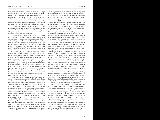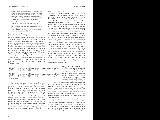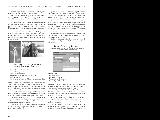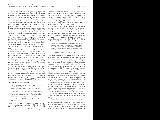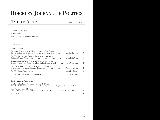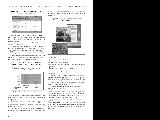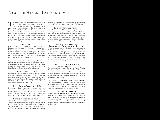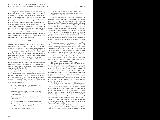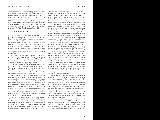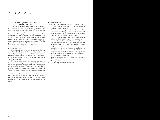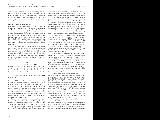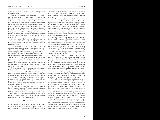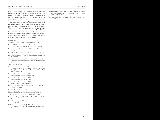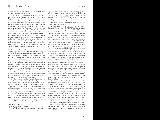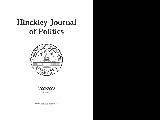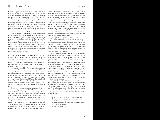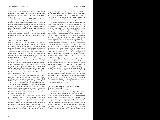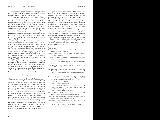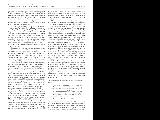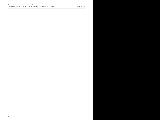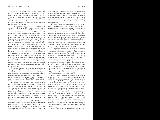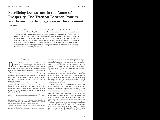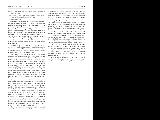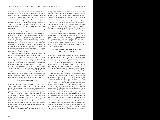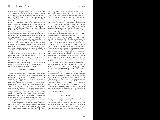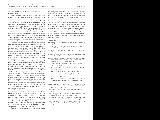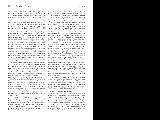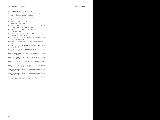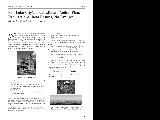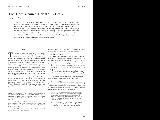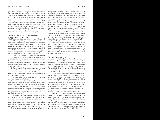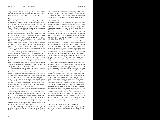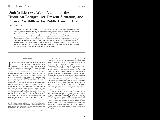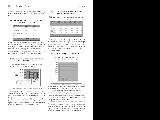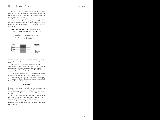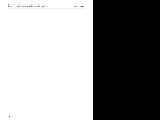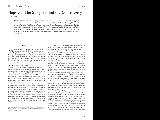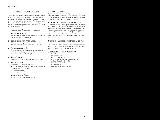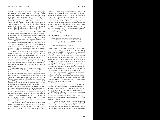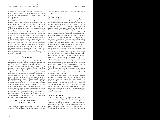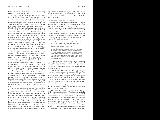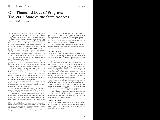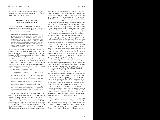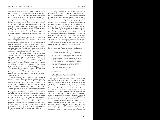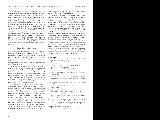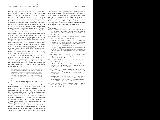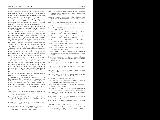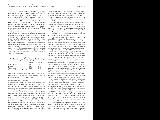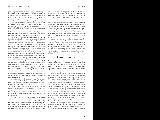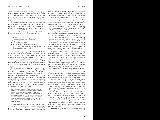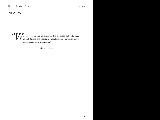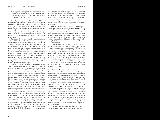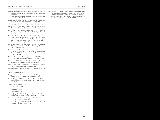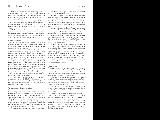| OCR Text |
Show UTAH WILDERNESS WARS: A LOOK AT THE HISTORICAL BACKGROUND, PRESENT SITUATION, AND FUTURE POSSIBILITIES FOR PUBLIC LAND IN UTAH Eric G. Goodrich This paper is somewhat unique in that it does not rely much on traditional sources. Because of the dynamic nature of the wilderness debate, I have chosen to focus more on current events and perspectives to accurately portray the issues at hand. I used brochures and websites of various organizations involved, as well as newspaper articles and editorial commentary. However, I gathered most of the information while observing firsthand events during an internship in the United States Senate from January to May 2000. Such events included meetings, committee testimony, interviews, and other interactions between the various groups. Although I have attempted to analyze the issues fairly and objectively, descriptions of the positions of various players and the outcomes of some events are ultimately based upon my perceptions; therein lies the fallibility of this type of research. BEGINNINGS In 1866, Congress amended the 1864 Mining Act by passing Revised Statute 2477 (R.S. 2477). They stated, "The right-of way for the construction of highways over public lands, not reserved for public uses, is hereby granted" (San Juan County, 10). By doing this, Congress divested itself of a portion of the public domain that it had previously controlled, and passed that control to states, local governments, and the people (San Juan County, 10). Over one hundred years later, the Department of Interior and the Clinton Administration claimed that the BLM has authority to set standards for and validate these right-of-way claims. While not controversial at its inception in 1866, this law has proven to be a subject of extreme disagreement as the wilderness battle has picked up steam in the 1980s and 1990s. In 1964, Congress took unprecedented action that changed the way in which some of our public lands are conserved and managed. The Wilderness Act of 1964 declared the policy of Congress to, "secure for the American people of present and future generations the benefits of an enduring resource of wilderness." Under this law the federal government created a national wilderness preservation system. Wilderness was defined as: 1. An area where the earth and its community of life are untrammeled by man, where man himself is a visitor who does not remain. 2. An area of undeveloped federal land retaining its primeval character and influence, without permanent improvements of human habitation. 3. An area that generally appears to have been affected primarily by the forces of nature. 4. The imprint of man's work is substantially unnoticeable. 5. An area that provides an outstanding opportunity for solitude or primitive or unconfined recreation. 6. A roadless area having at least 5,000 acres. 7. May have other ecological or geological features of scientific, educational, scenic, or historic value. (United States Congress, IGUSCSec. 1131) Congress clearly established its intent to preserve some of our public lands from the growing mechanization and development of the twentieth century. One of those involved in the creation of the Wilderness Act was Senator Frank Church (DTD). In a speech to the University of Idaho College of Forestry, Wildlife and Range Sciences, and the Wilderness Research Center on March 21, 1977, he said that Congress anticipated creating a national wilderness system consisting of 40 to 50 million acres taken from national forest, national park, and wildlife refuge lands (San Juan County, 5). Today, the wilderness preservation system contains more than one-hundred million acres and some advocates want to take that number to more than two-hundred million acres (San Juan County, 5). The next major step in the evolution of the current Utah wilderness debates occurred in 1976 under the newly created Federal Land Policy and Management Act (FLPMA). This law directed the BLM to review public lands under its control and make an inventory of potential wilderness-quality lands so that Congress could then designate as wilderness whatever portion of the inventory it felt met wilderness standards as set forth in the Wilderness Act. These potential wilderness areas were to be designated as Wilderness Study Areas (WSAs) and managed as de facto wilderness until Congress acted to either accept or reject them as official wilderness. FLPMA also did away with the R.S. 2477 right-of-way grant to the public that first began in 1866. However, Congress recognized all claims prior to 1976 as "valid existing rights" that would be upheld (United States Congress 43 USC, Sec, 1973). Many of these claimed R.S. 2477 roads cut through WSAs. As will be shown later, local leaders in Utah have attempted to provide evidence that thousands of these right-of-way claims are legitimate, while environmentalists have attempted to portray them as useless paths that go nowhere, and that do not meet the standard set by the original R.S. 2477 provision. The BLM inventory mandated by FLPMA eventually recommended that approximately two million acres of land in Utah be designated as wilderness. In accordance with this recommendation, President George Bush Sr. forwarded a request to Congress in 1991 and the Utah delegation subsequently introduced a bill to declare 1.8 million acres as part of the National Wilderness Preservation System in Utah (San Juan County, 6). However, environmentalists quickly called into question the validity and thoroughness of the inventory and some BLM employees and officials criticized the inventory process as sloppy, arbitrary, and inaccurate (Southern Utah Wilderness Alliance, 2000a). Prior to this, Utah's first BLM wilderness bill, advocates had joined forces and formed the Utah Wilderness Coalition (UWC), with the Southern Utah Wilderness Alliance 34 |

